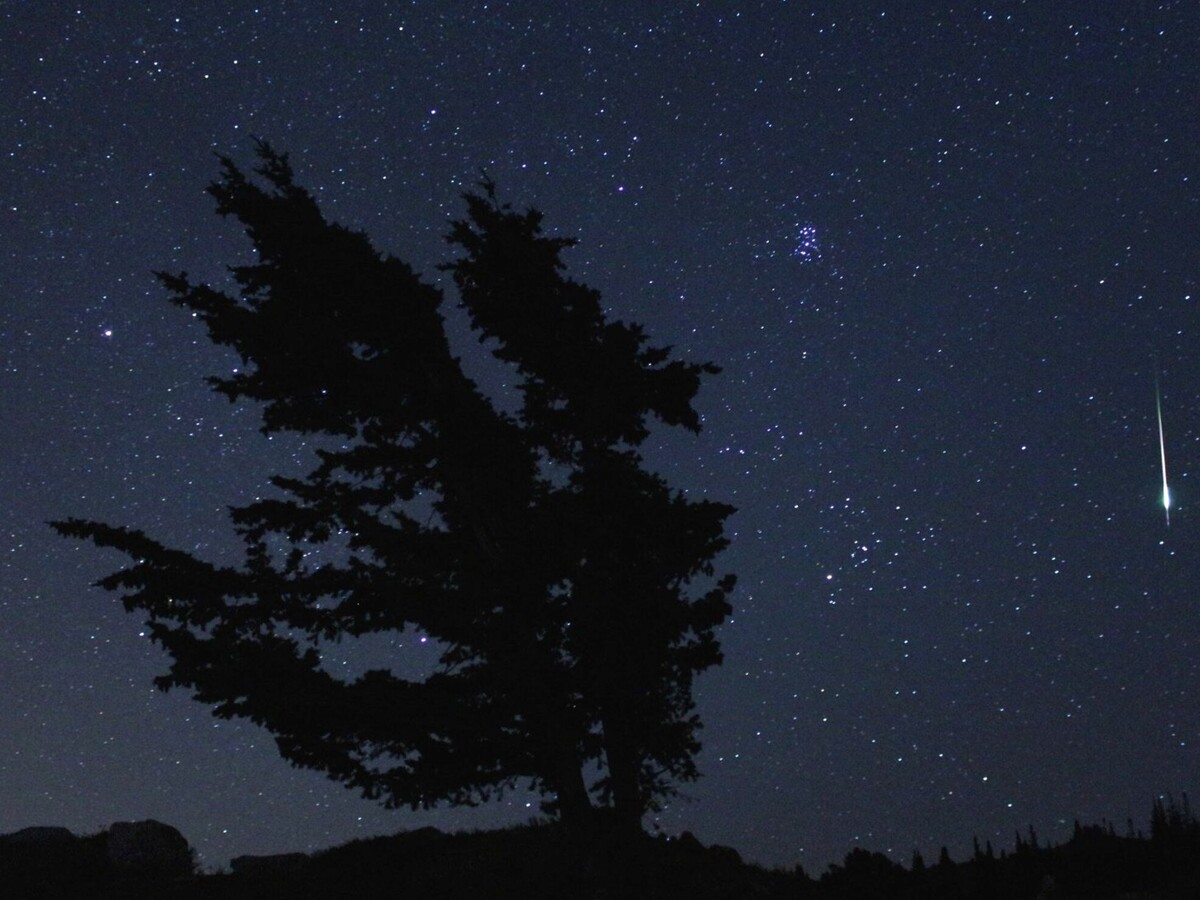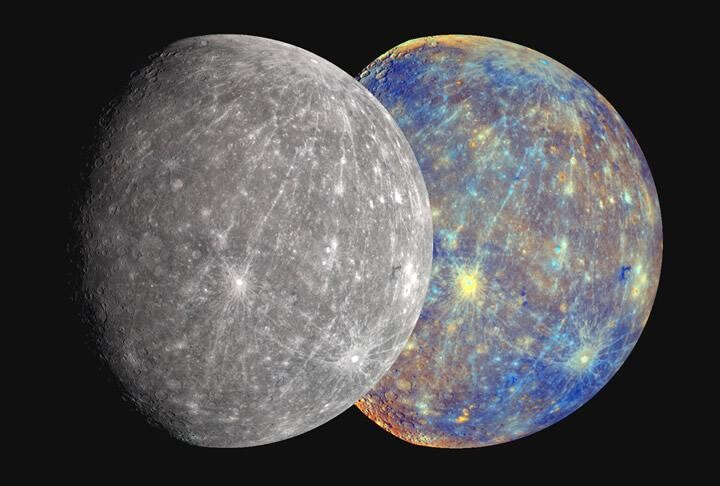Image


This month will be an exciting one for admirers of the celestial sphere, according to the publication Popular Science. There will be two impressive meteor showers (as well a smaller meteor shower) and an extra bright Mercury to look forward to in December.
Monday, December 4th at 12:26. a.m. is predicted to be when Mercury will be located the farthest from the sun this year, according to astronomers. Skywatchers should be able to see Mercury shining bright by looking to the west soon after sunset. The planet should be brighter than usual due to this celestial configuration and it should stand out in front of the constellation Sagittarius the Archer.
 This image from NASA shows two views of Mercury including one view of how the planet would look in color (Image courtesy of NASA)
This image from NASA shows two views of Mercury including one view of how the planet would look in color (Image courtesy of NASA)Wednesday, December 13th and Thursday, December 14th are the dates when astronomers predict the Geminids meteor showers will peak. This particular meteor shower is expected to include up to 120 shooting stars an hour, so it should be a sight to behold for anyone who can find a location with enough darkness to be able to view the night sky in all its glory.
The Geminids meteor showers are caused when Earth "passes through the debris trail from the asteroid 3200 Phaethon", according to NASA.
Another meteor shower called the Ursid meteor shower is predicted to peak on December 21st and 22nd, but it will likely not have as many meteors with five to ten meteors expected per hour.
This educational video produced by NASA a few years ago discusses meteor showers and the technology used to study them
Tuesday, December 26th will be the date when the full Cold Moon, which will be the last full moon of the year, reaches its peak in the night sky. The full moon will first appear on both Christmas Eve and Christmas Day. According to the Old Farmer's Almanac and Popular Science, the full Cold Moon's high trajectory means it will appear over the land's horizon for longer than most other full moons.
The full Cold Moon's name comes from the fact the Northern Hemisphere has very chilly air during the time it resides in the skies above.
Skywatchers the last month of this year will have a few very special celestial events to enjoy. Just remember that if you want to have the best view, find a dark place as far as possible from the bright light pollution found in many places across the world now.